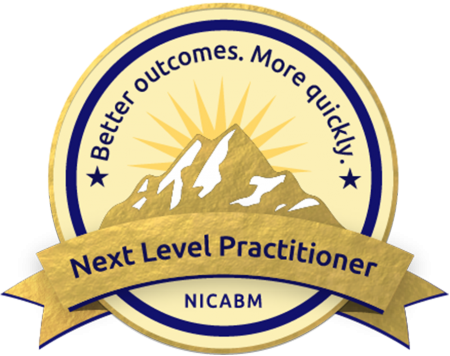Peter Levine PhD
Biography
Week 19 – How to Work with Beliefs That Are Stuck in the Body
Week 36 – How to Work with Shame when it’s Connected to Trauma
Week 45 – Working with the Brain and Body to Help Clients Ease Anger and Hostility
Week 54 – How to Work Through Ultimate Uncertainties about Life and Death
Week 83 – Mistakes in Treatment that Led to Professional Growth
Week 83 – Mistakes in Treatment that Led to Professional Growth
Week 89 – The Advice We Gain Through Practice and Supervision
Week 93 – How a Client’s Criticism Can Strengthen the Therapeutic Relationship
Week 105 – Applying Mindfulness to Help Clients Recognize the Voice of the Inner Critic
WEEK 119 – How to Help Clients Identify and Cope with Their Fear Triggers
Week 145 – Working with Common Issues That Can Often Fuel Avoidance
Week 145 – Working with Common Issues That Can Often Fuel Avoidance
Week 148 – Working with the Body to Break Patterns of Avoidance
Week 152 – Breaking Patterns that Fuel Destructive Self-Narratives
Week 154 – Strategies for Helping Clients Foster New Self-Narratives
Week 161 – Helping Clients See How Impostor Syndrome Can Be a Fuel for Growth
Week 162 – How Impostor Syndrome Can Affect the Practitioner
Week 163 – Working with the Key Factors That Fuel a Fear of Rejection
Week 170 – Using Movement and Posture to Help Clients Work Through Emptiness
Week 183 – Sensorimotor Approaches for Increasing Distress Tolerance
Week 191 – Techniques to Help Clients Shift Their Shame Narrative
Week 229 – Working with Despair Through a Physiological and Neurobiological Lens
Week 247 – What Fosters Narcissism and Grandiosity, and How Do They Impact Our Clients?
Week 258—Working with the Link Between Unworthiness and Shame
Week 267 – Helping Clients Understand the Body’s Response to Never Fitting In

